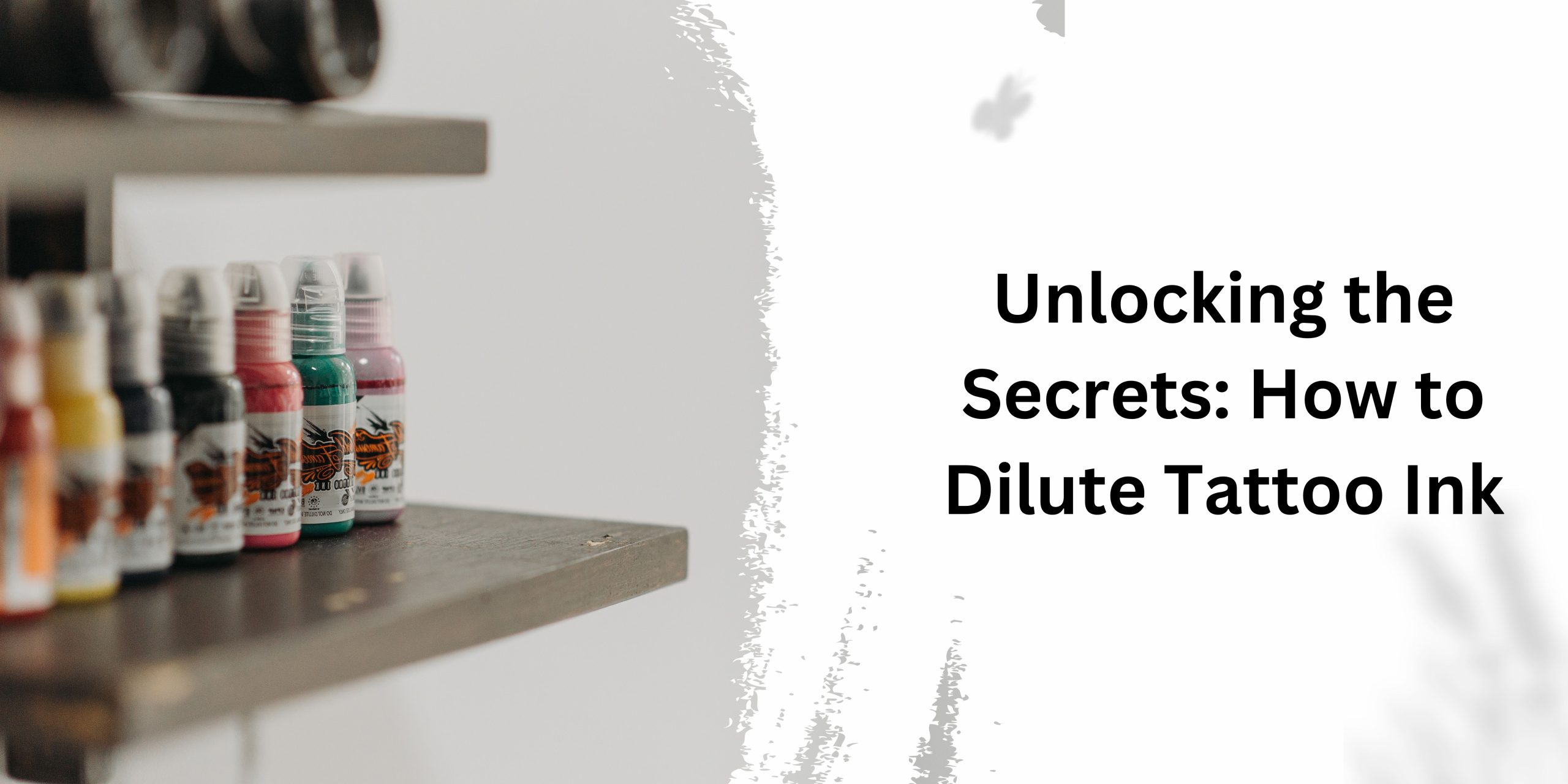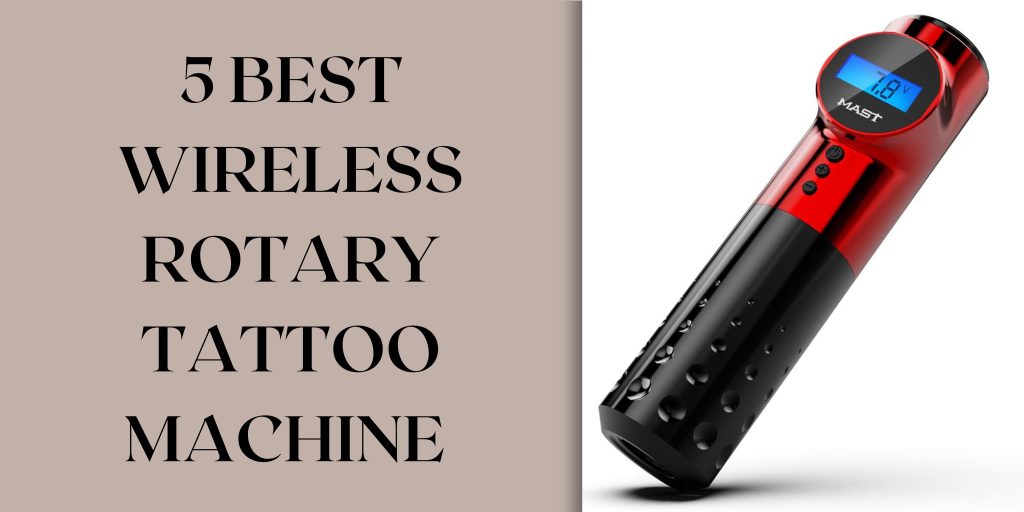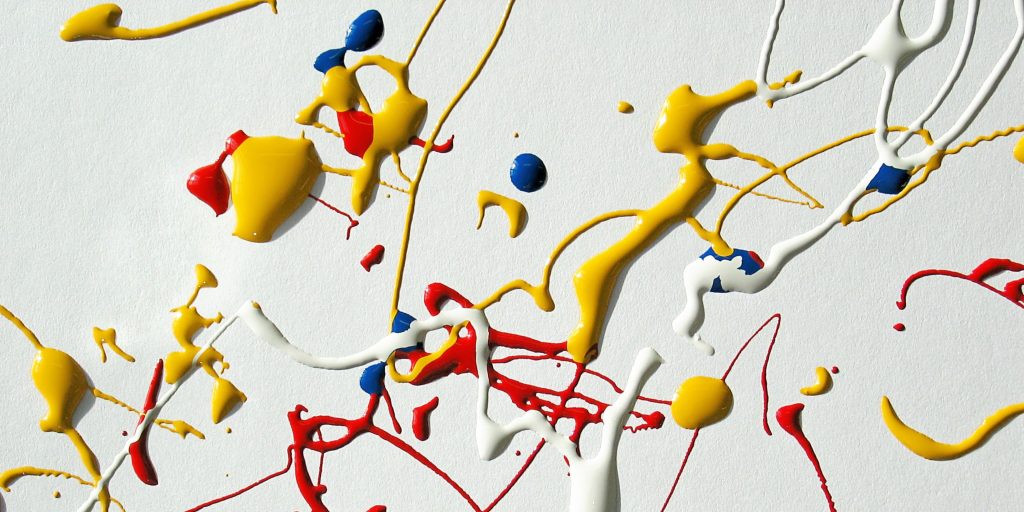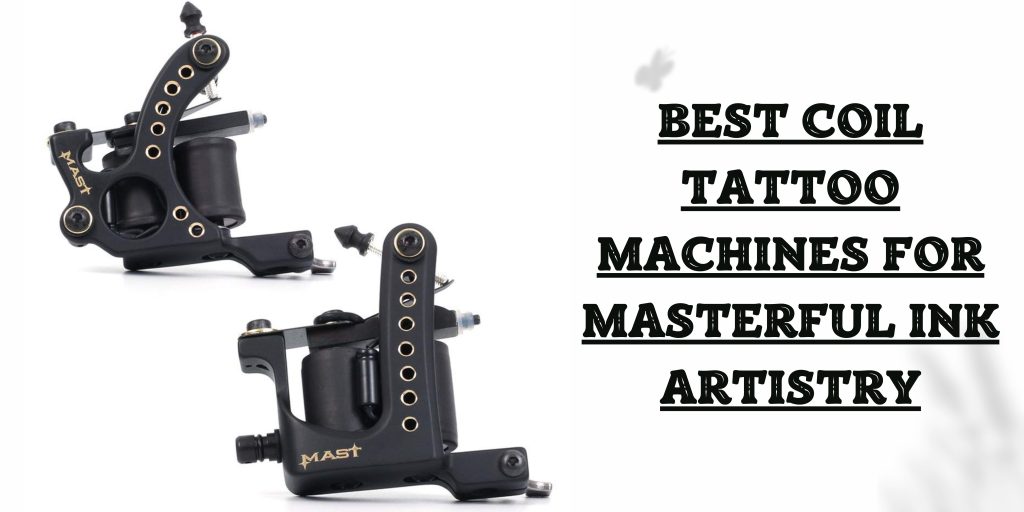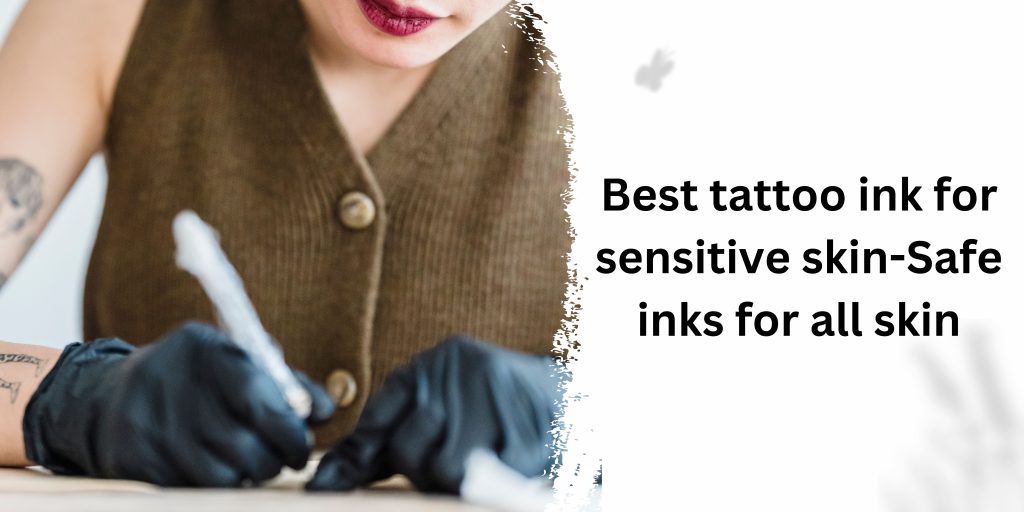Tattoos are not just ink on skin; they are a canvas of personal stories, expressions, and memories. Whether you’re a tattoo artist or an enthusiastic DIY tattoo enthusiast, the key to achieving that perfect shade lies in understanding the art of diluting tattoo ink. So, let’s delve into the world of dilutions, exploring the why,how to dilute tattoo Ink, and when in this colourful journey.
What are Tattoo Dilutions and What Are They Used For?
Tattoo dilutions are the alchemy of the ink world, where artists transform concentrated pigments into the perfect blend for their masterpieces. Think of it like mixing colours on a palette; diluting tattoo ink allows artists to create a spectrum of shades, ensuring that the final result is precisely what they envision.
Now, the big question: why dilute tattoo ink? The answer lies in customization. Different tattoos require different shades, and the ability to dilute ink provides the versatility needed to match the design to the client’s preferences. It’s akin to having a broad colour palette, allowing artists to play with tones and hues to achieve the desired effect.
Read More: Can you use expired tattoo ink?
Best Ways to Dilute Tattoo Ink (Process Step by Step)
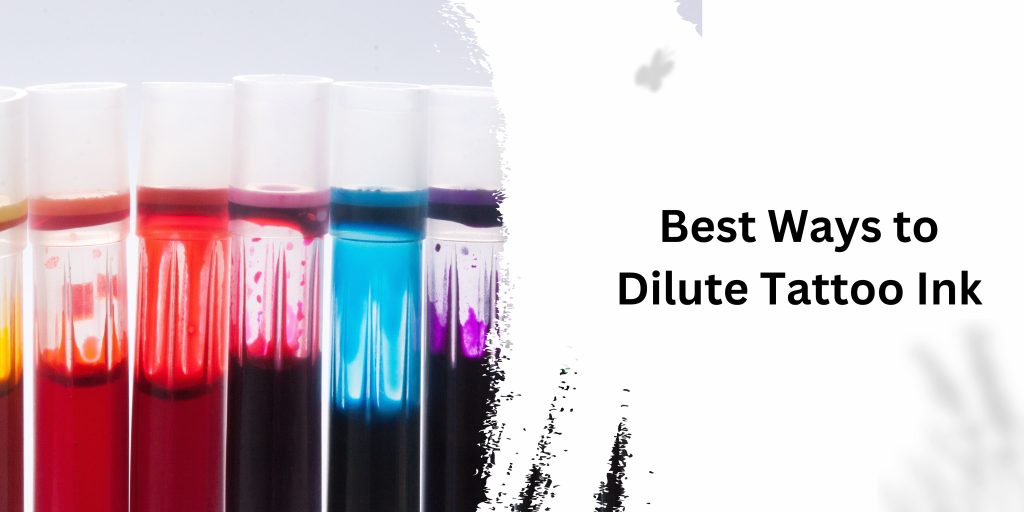
1. Start with Quality Ink
The journey to perfect dilution begins with the ink itself. Opt for high-quality tattoo ink with a proven track record. Quality ink provides a solid foundation for dilution, ensuring that the pigments respond predictably and consistently.
2. Choose Distilled Water Wisely
Distilled water is the magician’s wand in the dilution process. Always choose distilled water over tap water to avoid impurities that could alter the ink’s composition. The purity of the water ensures a clean, controlled dilution.
3. Invest in Sterile Containers
Maintaining a sterile environment is non-negotiable. Use containers specifically designed for the purpose, ensuring that no external contaminants find their way into your ink. Sterility is your ally in preserving both colour integrity and client safety.
4. Shake for Uniformity
Before diving into the dilution process, give your ink bottle a good shake. This simple step ensures that pigments are evenly distributed, setting the stage for a smooth and consistent dilution.
5. Gradual Dilution is the Key
The best way to dilute tattoo ink is through gradual, incremental steps. Begin with a small amount of ink and introduce distilled water slowly. Stir thoroughly between each addition, allowing the ink to embrace the water in a controlled manner.
6. Test, Adjust, Repeat
Once you’ve achieved what seems like the perfect dilution, the journey doesn’t end there. Test the mixture on a disposable surface or practice skin. Pay attention to the colour, ensuring it aligns with your artistic vision. If adjustments are needed, don’t hesitate to fine-tune the proportions and repeat the testing process.
7. Record Your Winning Formula
Success in tattoo ink dilution is not just an art; it’s a science. Keep a record of the proportions used for each successful dilution. This documentation becomes your treasure trove of knowledge, offering guidance for future endeavors.
8. Consider Pigment Variations
Different pigments behave differently. Reds may require a different dilution approach than blues. Take the time to understand the nuances of each colour in your palette, adjusting your technique accordingly.
9. Be Patient – Rome Wasn’t Built in a Day
Precision takes time. Rushing the dilution process can lead to mistakes. Patience is your greatest ally, allowing you to refine your technique and achieve consistently stellar results.
10. Stay Consistent Across Sessions
If a tattoo spans multiple sessions, maintaining colour consistency is paramount. Diluting ink ensures that each session builds upon the previous one, resulting in a cohesive and visually appealing final piece.
Read More: Best Tattoo Machine Brands
What Can You Use to Dilute Tattoo Ink?
Distilled Water: The Holy Grail of Dilution
Distilled water stands as the primary and preferred medium for diluting tattoo ink. Its purity ensures a clean blend without the impurities found in tap water. When choosing distilled water, prioritize quality; it’s the essential companion in achieving precise dilution levels.
Proprietary Dilution Solutions
Tattoo ink manufacturers often provide specialized dilution solutions. These solutions are crafted to complement their inks, offering a seamless and predictable dilution process. If you’re using a specific brand of tattoo ink, explore the accompanying dilution solutions for optimal results.
Witch Hazel: Nature’s Touch
Witch hazel, derived from the witch hazel shrub, is a natural astringent that artists sometimes use for ink dilution. It not only aids in dilution but also possesses soothing properties that can benefit the skin during and after the tattooing process.
Ethanol or Isopropyl Alcohol:
Ethanol or isopropyl alcohol can be used in minimal quantities for dilution. However, caution is paramount as excessive use can alter the ink’s composition and affect its performance on the skin. If you opt for this method, meticulous measurements are crucial.
Gel Deodorant:
Some tattoo artists swear by gel deodorant as a surprising but effective dilution agent. The glycerin content in the deodorant can assist in achieving a smoother consistency. As with any unconventional method, it’s wise to conduct small-scale tests before implementing it on a larger scale.
Aloe Vera Gel: Nature’s Embrace
Aloe vera gel, renowned for its healing properties, can serve as a dilution medium. Not only does it contribute to dilution, but it also provides a soothing layer for the skin. This method is particularly popular among those who value a natural approach to tattooing.
Mixing White Ink: The Game-Changer
In certain scenarios, mixing white ink with coloured ink can achieve the desired dilution effect. This method is particularly useful when aiming for pastel shades or softer tones. Experimentation with proportions is key to mastering this technique.
Commercial Thinning Agents: Ready-Made Solutions
Commercially available tattoo ink thinning agents provide a convenient option. These products are formulated specifically for dilution purposes, ensuring compatibility with tattoo inks. Always follow the manufacturer’s guidelines when using these agents.
Read More: Can You Use Tattoo Ink to Dye Clothes?
Proportions to Create the Dilutions
The secret sauce to perfect tattoo ink dilution lies in the proportions. While there’s no one-size-fits-all formula, a general guideline is to start with a 1:1 ratio of ink to distilled water. However, different pigments may require varying dilution levels.
Experimentation is key, and recording your successful ratios is invaluable. Over time, you’ll develop an intuitive sense of how different inks react to dilution, becoming a maestro in crafting the ideal shades.
When Would You Need to Dilute a Tattoo Ink?
The need to dilute tattoo ink arises in various scenarios. Here are some instances where reaching for that distilled water becomes essential:

- Customization Demands: Clients often have specific colour preferences for their tattoos. Diluting ink allows you to tailor the shade to meet their expectations.
- Blending and Shading: Achieving smooth transitions between shades, especially in complex designs, requires the ability to dilute ink effectively. It’s the key to creating gradients and nuanced effects.
- Consistency Across Sessions: If a tattoo requires multiple sessions, maintaining consistency in colour is crucial. Diluting the ink ensures that the colour remains uniform, resulting in a harmonious final piece.
Common Mistakes When Diluting
In the world of tattooing, even the most skilled artists can stumble. Let’s uncover some common mistakes to avoid when diluting tattoo ink:
Ignoring Pigment Variations
Not all tattoo pigments are created equal. Different colours may require different dilution levels. Neglecting these variations can lead to unexpected and undesirable outcomes.
Rushing the Process
Dilution is an art that demands patience. Rushing the process can result in over-dilution or an uneven mix, jeopardizing the quality of your ink.
Skipping the Testing Phase
Testing your diluted ink is non-negotiable. Skipping this step may lead to surprises on your client’s skin and not the pleasant kind. Always test and adjust until you achieve the perfect blend.
Conclusion
In the realm of tattoo artistry, mastering the skill of diluting tattoo ink is akin to wielding a magical paintbrush. It’s not just about colours; it’s about translating emotions, stories, and individuality onto the canvas of human skin. So, embrace the process, learn from each mixture, and let your creativity flow – one dilution at a time.

